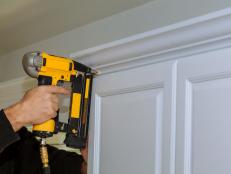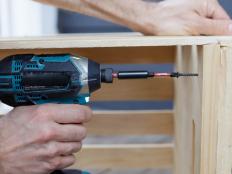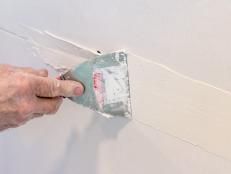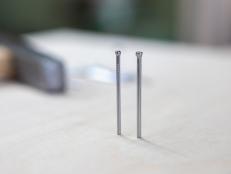What Is a Brad Nail?
Here's our breakdown of one of the most misunderstood fasteners for craft and DIY projects.
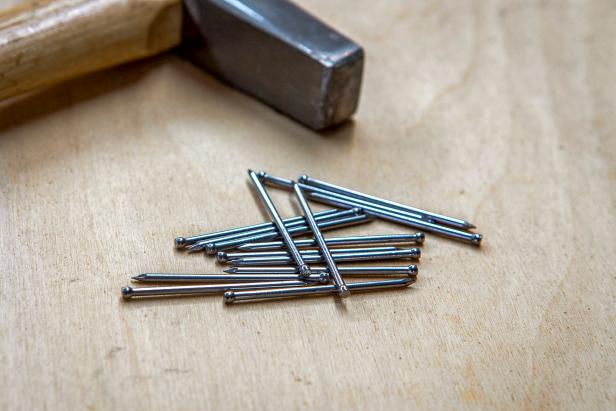
Derek R. Trimble

If you’ve ever watched a DIY video, you’ve definitely seen or heard someone talk about brad nails. Brads are extremely useful in the right applications and easy to hide in places where a clean finish is required. Here’s everything you need to know about when and where to use them.
The Basic Structure of a Brad
A brad nail is essentially an 18-gauge wire that’s been formed into a sharpened nail. They’re generally much thinner than your average finishing nail and are easily bent while being driven. A brad nail generally has a small head on it, but it's possible to find headless variations for applications where hole filling is not acceptable or possible.
When to Use a Brad
Due to the thinner gauge of a brad nail, they’re often used for lightweight, indoor applications. Anytime you’re working with delicate materials that risk splitting while nails are being driven, it’s a good time to use brad nails. The thin gauge of a brad nail also makes it easier to hide and provides a damage-free finish when driven properly. Brads are commonly used to attach shoe moldings and small ornamental parts on furniture.
Brads are also useful when gluing delicate wooden parts together. It’s often helpful to apply glue to a joint and then drive a few brad nails into your project to hold everything while the glue dries.
When NOT to Use a Brad
Brads are really lightweight and don’t have the grip that larger finishing nails have. They’re typically easy to remove and can be easily bent. They’re definitely not designed for applications that might see any kind of physical load or need to bear any kind of weight. Brad nails are usually not galvanized, so they’re not good for exterior applications as they’re prone to rusting.
How to Drive Brad Nails
Since brad nails are so bendable, it can be a challenge to drive them with a hammer. One way to ensure that your nails drive smoothly is to rub a little beeswax on the nail shank before driving it in. Since nails are usually mass-produced, they’re often not perfectly smooth, and they can often snag while you’re driving them by hand. A little beeswax will solve this problem and help reduce your mistakes.
One of the benefits of brad nails is their small size, but that advantage also makes them super hard to drive by hand. It’s extremely difficult to hold a brad nail with your fingers and still have enough room to hit it with a hammer. You can solve this problem with a thin strip of cardboard. Just poke the nail through the cardboard and use that to position your nail. Now you can freely hit your nail with your hands out of the way.
If you’ve got a larger number of brads to drive, or if you find yourself using them frequently, an electric or pneumatic nail gun might be a good fit for you. Powered brad nailers can hold hundreds of brads and will drive them gently into your project with tremendous ease. Nail guns come with some advantages when working with very small brads or pin nails. The ability to drive a nail with one hand is not only efficient but can be extremely helpful when you’re working alone and trying to hold parts together. Most brad nailers can drive a diverse range of brads, from the tiniest 1/4” headless brads to bigger 1-1/2” round head brads.
Brad nails are a great choice and are one of the easiest, most affordable fasteners to use when you need a clean look and finish. Throw a small box into your tool kit and find out how handy they are around the house. Everything from hanging small photos to installing shoe molding can be tackled with just a handful of brad nails.






